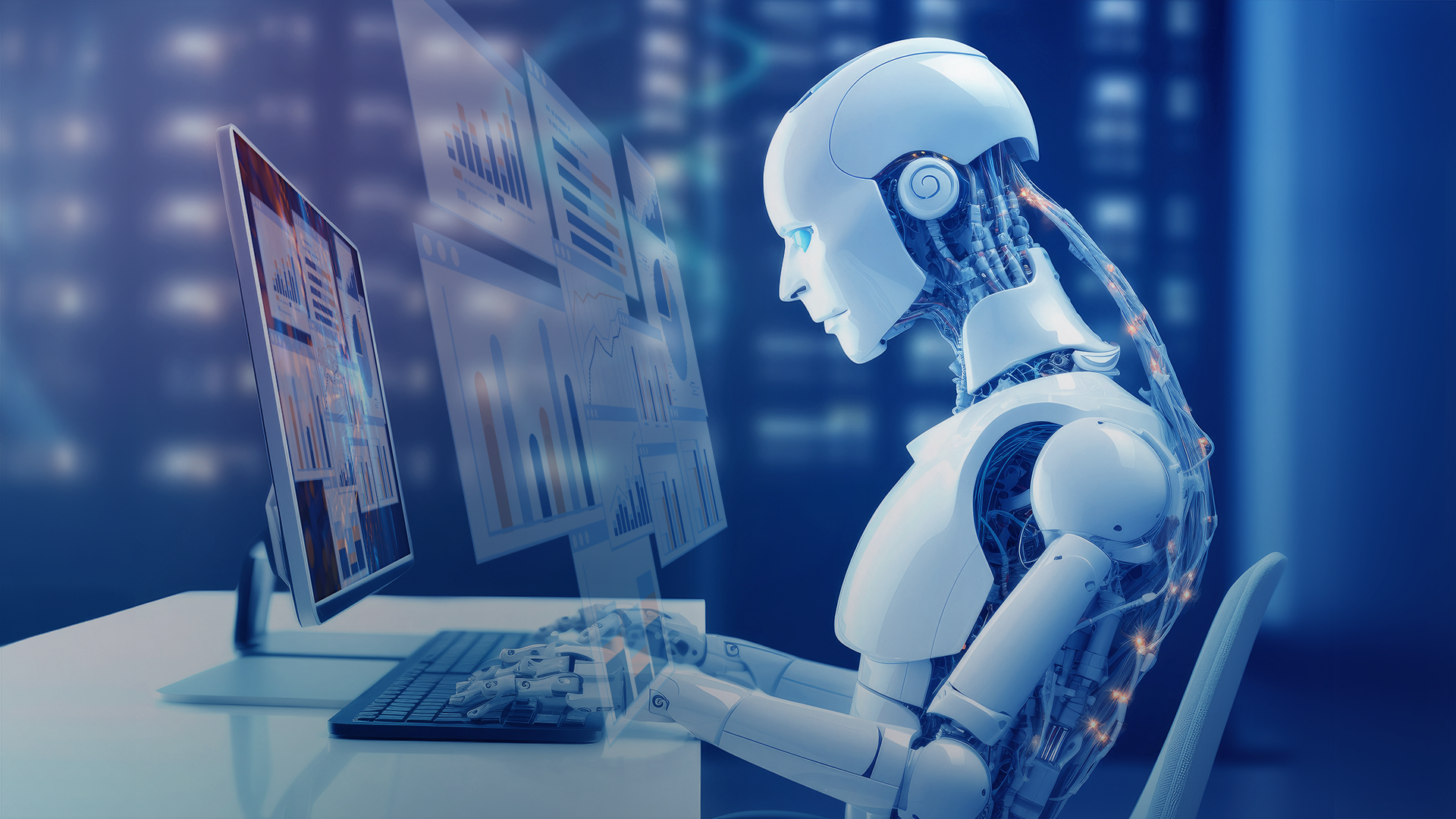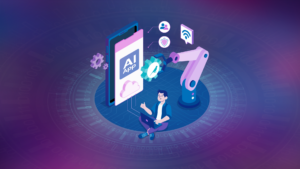MLops, an amalgamation of Machine Learning and Operations, has emerged as an important and critical discipline in the Machine Learning landscape. It aims to streamline the Machine Learning life cycle from development to production, ensuring that it delivers value consistently.
Challenges in MLops
- Data Drift: The model’s effectiveness can erode as the data landscape shifts; statistical articulation: covariate shift in the data or data distribution changes over some time
- Version Control: Keeping track of the ever-shifting landscape of models, code, and data can be a logistical challenge, especially in collaborative settings.
- Infrastructure Management: Building a robust foundation for your model’s operation can be a substantial challenge, requiring flexible and affordable infrastructure.
- Monitoring and Maintenance: Consistent oversight and proactively identifying the issues are essential to maintain the model’s peak performance.
(Image source: Paper)
In reality, ML Systems plays a wider role than the ML code, it’s only the tip of the iceberg.
The MLops Pipeline
A typical MLops pipeline involves several key stages:
- Data Ingestion and Preparation: The journey of a model begins with data refinement. This involves gathering, cleansing, and reshaping raw data to ensure it’s in optimal condition to fuel our model’s learning process. This preparation is crucial for achieving accurate and trustworthy predictions.
- Model Development and Training: Employing the suitable algorithms and techniques, data scientists construct machine-learning models capable of precise predictions or classifications from given data
- Model Evaluation and Validation: After training, a model is tested on unseen data using metrics like accuracy, precision, recall, and F1-score
- Model Deployment and Serving: The top-performing model is deployed to the production environment. This involves integrating the model with existing systems and infrastructure. I could be from cloud-based servers to local machines and even edge devices. These frameworks offer various deployment options, including REST APIs, microservices, and real-time streaming platforms.
- Model Monitoring and Evaluation: Regularly checking in on the model to ensure it’s still valid and identify any potential issues, like when the data landscape shifts or the model’s
- Continuous Integration and Continuous Deployment: Automating the model pipeline to guarantee reliability and reproducibility.
- MLOps CI automates the integration of new components into the model, guaranteeing their quality and compatibility through automated testing and validation.
- CD streamlines the deployment process by automating the entire pipeline, from model development to production, guaranteeing timely and secure delivery.
- Version Control: Leveraging Git to maintain a record of code, data, and model modifications provides a fail-safe for returning to a prior consistent state.
- Infrastructure as Code (IaC): Infrastructure Automation using code to streamline the provisioning, configuration, and management of IT resources, promoting efficiency and agility.
- Experiment Tracking: Capturing hyperparameters, metrics, and code to facilitate reproducibility and learning.
- Security and Compliance: MLOps ensures that machine learning models meet high standards of security and compliance, protecting sensitive data, maintaining detailed records, and complying with regulations like GDPR or HIPAA.
Implementing MLOps in an Organization
Implementing MLOps requires a combination of culture, tools, and processes:
- Adopt a Collaborative Culture: Foster a collaborative environment where data scientists, ML engineers, and IT operations work together. Encourage knowledge sharing, pair programming, and cross-functional teams.
- Proper Tools and Platforms: Select MLOps platforms and tools that match your organization’s specific requirements. Widely used tools such as Kubeflow, MLflow, TFX (TensorFlow Extended), AWS SageMaker, and Dataiku offer comprehensive support throughout the machine learning lifecycle, including data preparation, model deployment, and monitoring.
- Automate Everything: Automation is at the heart of MLOps. Automate data pipelines, model training, testing, deployment, and monitoring. This reduces manual errors, speeds up the development process, and ensures consistency.
- Focus on Continuous Improvement: MLOps is an iterative process. Continuously monitor models in production, collect feedback, and improve models over time. Implement a feedback loop where models are retrained with new data or updated algorithms.
Conclusion
MLOps transform how organizations build, deploy, and maintain machine learning models. By unifying ML development and operations, MLOps fosters collaboration, improves model reliability, and accelerates the deployment of ML solutions. As organizations continue to adopt ML at scale, MLOps will play a crucial role in enabling them to derive real value from their data science efforts, making it an essential practice for any modern AI-driven enterprise.






